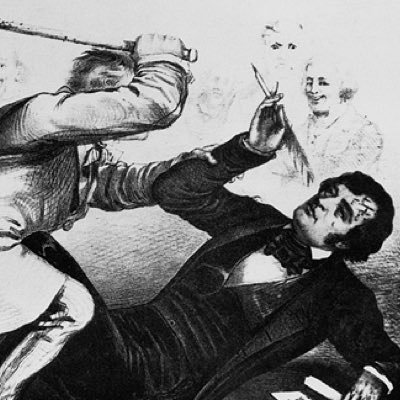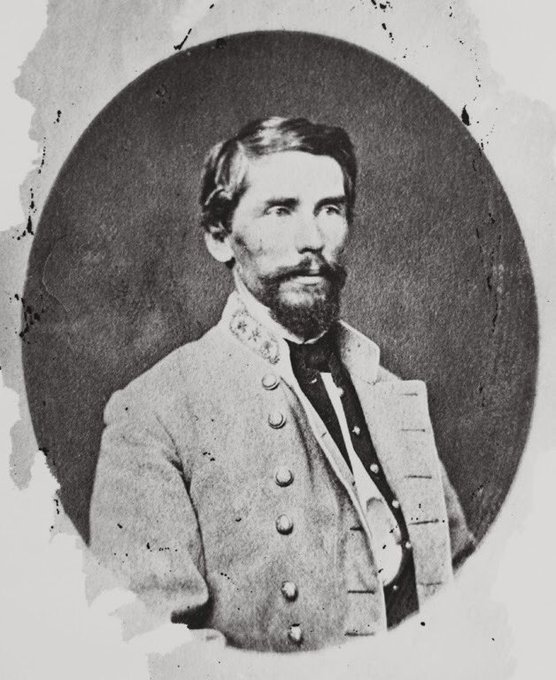As Forrest approached Lexington, Colonel Robert Ingersoll attempted to stop his advance with less than 700 men. He ordered the bridge over Beech Creek destroyed, so he could concentrate his smaller force at the one crossing left available to Forrest.
Some of the first urban warfare in Americn history had taken place during the crossing, as Union infantry rowed across the river and went house to house clearing out confederate sharpshooters. Much of the town was then flattened by Union artillery.
At the Battle of the Crater in 1864, Ferrero commanded the 4th Division of IX Corps, comprised mostly of several regiments of US Colored Troops. After that failed attack, Ferrero was widely criticized for failing to lead his men, reportedly remaining in the rear drinking rum.
Forces under Gen. William T. Sherman completed their March to the Sea #OTD in 1864, by arriving on the outskirts of @cityofsavannah, GA. It would take another 10 days to force Gen. William Hardee to abandon the city. #CivilWar
This policy was intentionally lenient, intended to entice the Southern states to shorten the war as well as accept Lincoln’s emancipation policy by insisting that the new state governments abolish slavery.
Herron used his artillery to great effect, disabling most of the confederate guns and using it effectively against rebel attacks. Hearing the sounds of the battle, Blunt ordered his wing to march to the sound, led by the 11th Kansas Volunteer Infantry under Colonel Thomas Ewing.
Both sides attacked and counter-attacked, but ultimately the larger Union force forced the confederates to withdraw. Kilpatrick then ordered the bridges over Brier Creek burned, helping to protect the flank of General Sherman on his March to the Sea.
Remaining mostly in the Cavalry, Merritt served on the Plains and then as Superintendent of West Point. During the Spanish-American War, he commanded the 8th Corps in the Philippines and captured Manila, after which he was named the first military governor of the Philippines.
Hood attacked anyway, and the results were predictable. His attacks were repelled, and nearly a quarter of his men became casualties, including 6 of his most senior commanders who were killed. Among them was Patrick Cleburne, arguably his most effective division commander.
While he was successful in pushing back Marmaduke, Blunt’s advance left his command exposed, isolated from supporting Union troops. This prompted further confederate attacks, leading to the much larger Battle of Prairie Grove a week later.






























